Reading Comprehension Teaching Resources
Explore printable reading comprehension worksheets, digital activities and more to teach reading comprehension strategies in your primary classroom. Created by teachers, for teachers, the teaching resources in this collection are aligned with the Australian curriculum and have undergone a careful review by a member of our expert teaching team.
You'll find editable versions to easily differentiate your instruction for individual students, plus various options to make your lesson planning easier this school year!
New to teaching this portion of the English curriculum or just looking for fresh and engaging ways to teach reading comprehension strategies? Read on for a primer from our teacher team, including a simple definition of reading comprehension, a look at different strategies students can use and more!
What Is Reading Comprehension?
We'll start at the beginning! Reading comprehension is a skill that's hard to overestimate in terms of its importance for early years students to develop.
Defined as the ability to understand and interpret written language, reading comprehension involves the process of decoding text, extracting meaning from it, and then integrating that meaning with prior knowledge and understanding.
Not only does comprehension comprise the ability to recognise and understand individual words, but it also involves the ability to recognise patterns and relationships within sentences and paragraphs, as well as the ability to make inferences and draw conclusions based on the information presented.
This isn't just important for reading, of course.
Comprehension is all about making meaning, and it includes various levels of understanding, including:
- Literal
- Inferential
- Evaluative
- Critical
If you think about it, we rely on these skills on a daily basis — when we notice the stooped shoulders of a partner as they walk in the door or when we listen to the weather report and observe how heavily laden the sky is with grey clouds.
To develop those same skills in a reading context, our students need to build a variety of language skills, such as vocabulary knowledge, grammar and syntax, as well as cognitive processes, such as attention, memory and critical thinking.
So how do they get there? Let's talk strategies!
What Are Reading Comprehension Strategies?
As you well know, students don't start off being able to comprehend every single thing they read. But teaching them strategies to understand better and retain information will allow them to go from recognising individual words to understanding a range of texts.
Some common reading comprehension strategies include:
- Previewing — This is the process of skimming the text before reading it in detail to get an overall sense of what it is about.
- Activating Prior Knowledge — Students can draw on existing knowledge and experience to help them understand new information, such as a new text.
- Making Connections — This strategy focuses on teaching students to make connections between a text and their own experiences and understandings. Research into the science of reading has shown enhanced comprehension when students are able to connect new information to information they already know.
- Questioning — In this comprehension strategy, students ask and answer questions to clarify the meaning of the text and deepen their understanding. When you centre questioning activities around the familiar open-ended prompts of who, what, when, where, how, why, and which, students assert their understanding and identify any gaps in their comprehension of the text. Questions can be posed by a teacher, by their peers, or by the students themselves.
- Visualising — Visualisation provides both teachers and students with another means to extend their exploration of a text and deepen understanding. This reading comprehension strategy asks students to create and describe an image in their mind, centered around a place, situation, or character in the text. Visualising has been proven in research to improve student recall! Using the five senses is a great way to scaffold student comprehension through visualising.
- Summarising — Summarising is a reading comprehension strategy that asks students to reflect on the text and communicate their understanding of it. A well-formed summary is made up of the main idea of the text and the key details that support the main idea, showing that the student has understood what they’ve read well enough to write a summary that’s not merely a repetition of the text.
- When summarising, students may complete one or more of the following:
- Recount the text in their own words
- Identify the main idea, topic or purpose
- List key words or phrases
- Identify structural elements of the genre
- Using the SWBST process can help students with this reading comprehension strategy. The steps in the SWBST process are:
- Somebody
- Wanted
- But
- So
- Then
- When summarising, students may complete one or more of the following:
- Inferring — The process of drawing conclusions based on clues or evidence presented in the text is called inferring, and it involves readers using what they know and pairing it with what they read in the text to make a conclusion. You may also call this 'reading between lines!'
- Monitoring Comprehension — When monitoring comprehension, students reflect on and assess their understanding as they progress through the text. In this metacognitive process, students may ask themselves questions like 'Is this making sense?' or 'Do I need to read this again?'
- Some comprehension strategies that may be effective may include going back to reread a section of a text, slowing down or speeding up your reading rate, and using text features to help understand difficult parts of a passage. All of these are active reading strategies that students can do to help them better understand what they are reading, while they are reading!
- While monitoring asks students to identify hurdles and barriers, students also benefit from connecting this reading comprehension strategy with explicit strategies to help them pass their hurdles.
All of these comprehension strategies can be taught and practised explicitly.
- Plus Plan
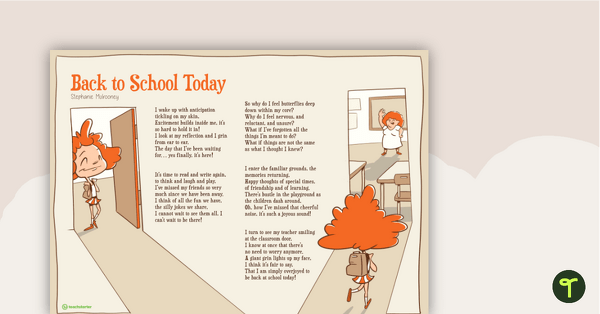
Back to School Today — Short Poem for Kids
Use this short poem for kids when students return to school. This child-friendly poem discusses feelings that they may experience when heading back to school after an extended break.
- Plus Plan
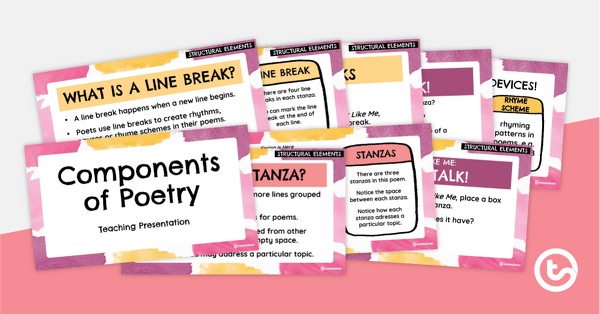
Components of Poetry PowerPoint
An editable PowerPoint to use when teaching the essential components of poetry.
- Plus Plan

NightyNite Napping Pod – Worksheet
A comprehension worksheet for a fake advertisement from the Year 6 magazine (Issue 3).
- Plus Plan
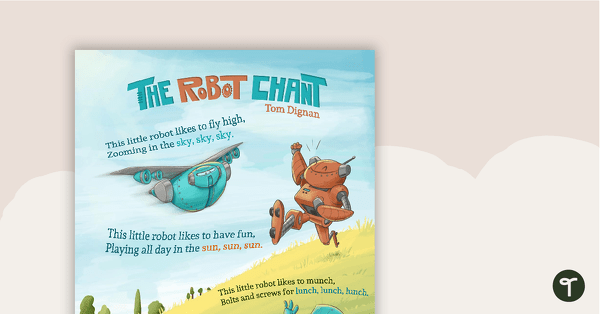
The Robot Chant – Comprehension Worksheet
A comprehension worksheet accompanying a rhyming chant about robots.
- Plus Plan
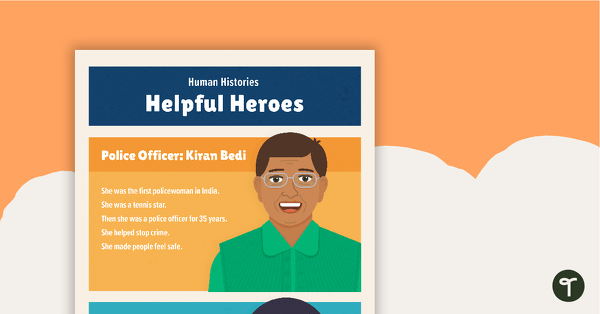
Human Histories: Helpful Heroes – Comprehension Worksheet
A comprehension worksheet for an article about people around the world who have dedicated their lives to helping others.
- Plus Plan

Year 5 Magazine - "What's Buzzing?" (Issue 2) Task Cards
A set of five literacy rotation task cards to be used in conjunction with Issue 2 of Teach Starter's Year 5 magazine.
- Plus Plan
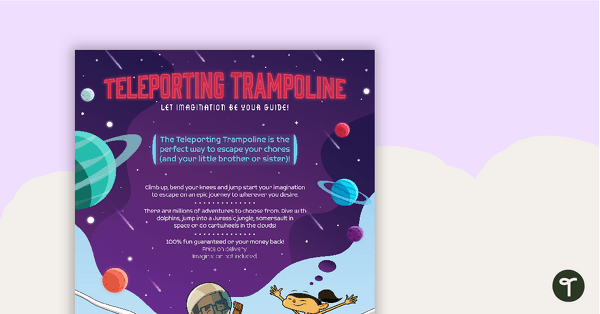
The Teleporting Trampoline - Worksheet
A comprehension worksheet for a fake advertisement from the Year 6 magazine (Issue 2).
- Plus Plan
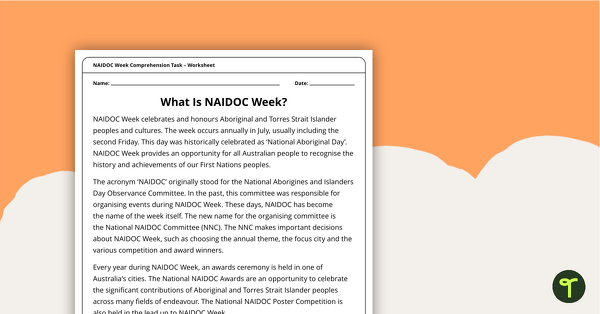
What is NAIDOC Week? – Comprehension Task
A comprehension task to use in the classroom when learning about NAIDOC Week.
- Plus Plan
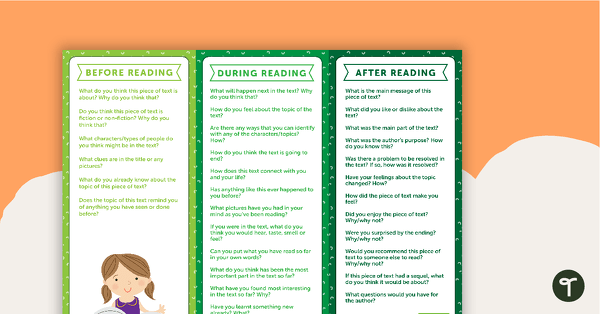
Before, During and After Reading Non-Fiction - Question Prompts
Question prompts and a worksheet to use when asking questions before, during and after reading.
- Plus Plan
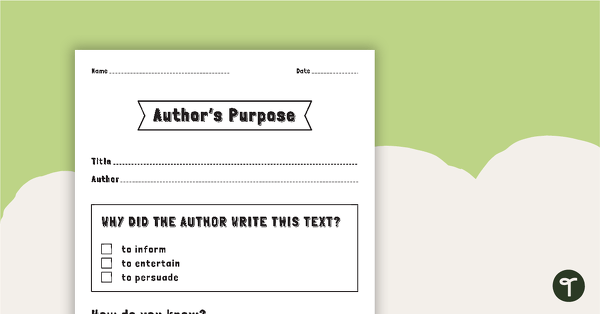
Author's Purpose Worksheet
A teaching resource to help teach your students the different reasons authors may write.
- Plus Plan

Author's Purpose - Sentence Writing Game
A teaching resource to help teach your students the different reasons authors may write.
- Plus Plan
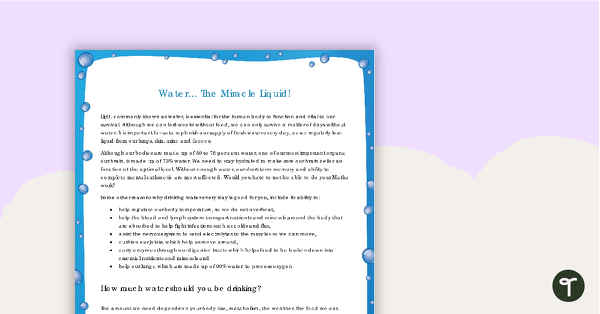
Comprehension – Why Our Bodies Need Water
A comprehension activity about 'Why Our Bodies Need Water'.
- Plus Plan
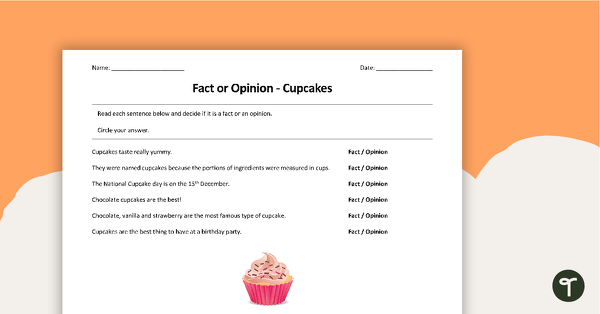
Fact or Opinion - Cupcake Worksheet
A worksheet to use when teaching students how to distinguish between fact or opinion.
- Plus Plan
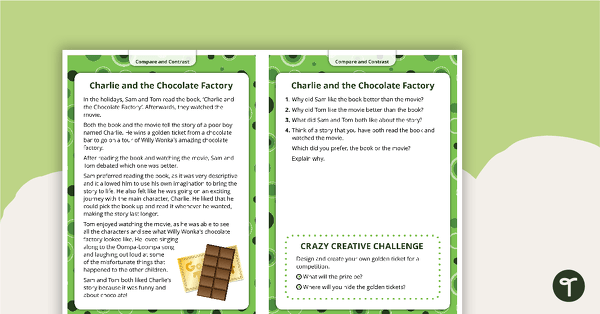
Comprehension Task Cards - Compare And Contrast
A set of comprehension task cards to help students compare and contrast when reading.
- Plus Plan
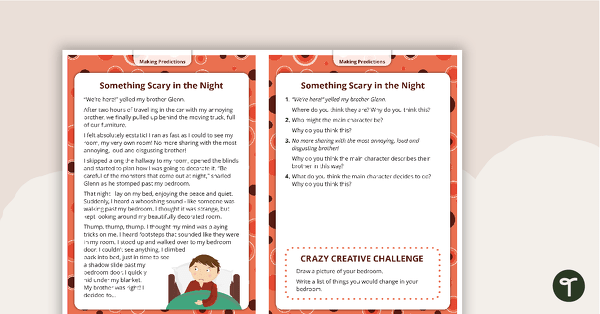
Comprehension Task Cards - Making Predictions
A set of comprehension task cards to help students make predictions when reading.
- Plus Plan
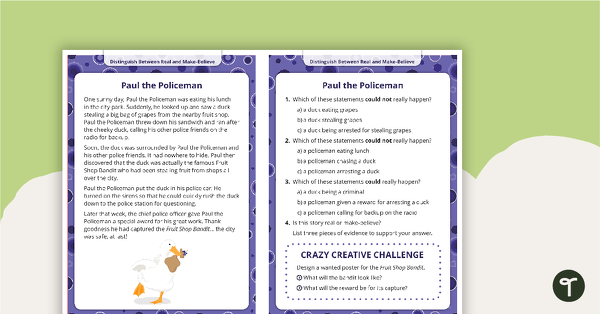
Comprehension Task Cards - Distinguishing Between Real And Make-Believe
A set of comprehension task cards to help students distinguish between real and make-believe when reading.
- Plus Plan
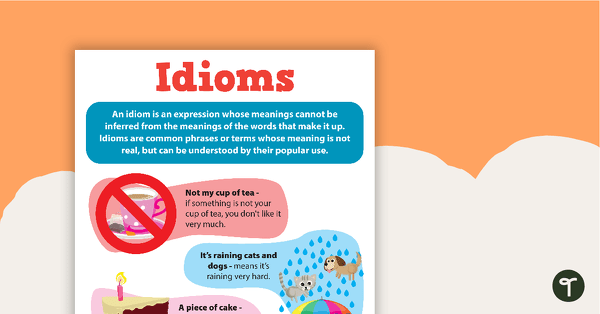
Idioms Poster
A poster giving the definition for and examples of idioms.
- Plus Plan

Comprehension - Muddy Footprint Mystery
A fun script and set of questions to help students develop reading and comprehension strategies.
- Plus Plan
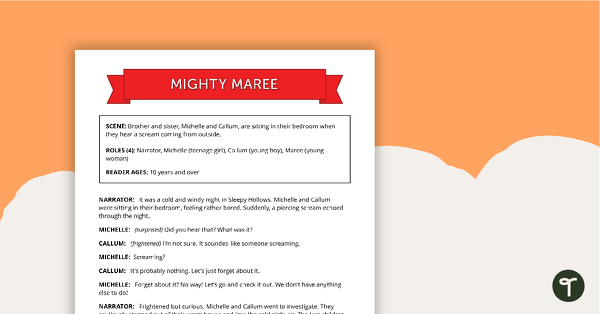
Comprehension - Mighty Maree
A fun script and set of questions to help students develop reading and comprehension strategies.
- Plus Plan
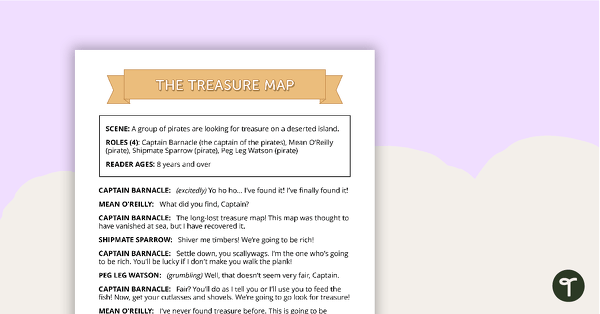
Comprehension - Treasure Map
A fun script and set of questions to help students develop reading and comprehension strategies.
- Plus Plan

Comprehension - Hare and The Tortoise
A fun script and set of questions to help students develop reading and comprehension strategies.
- Plus Plan
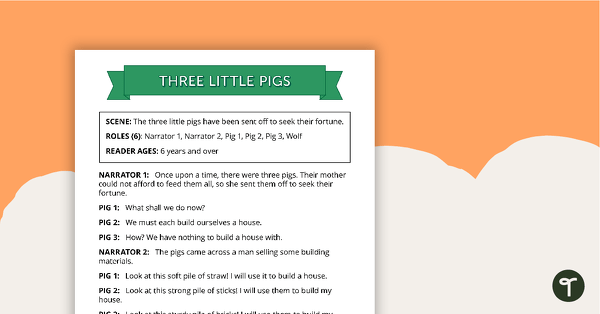
Comprehension - Three Little Pigs
A fun script and set of questions to help students develop reading and comprehension strategies.
- Plus Plan
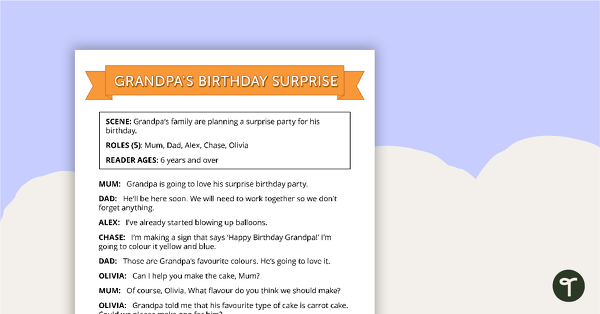
Comprehension - Grandpa's Birthday Surprise
A fun script and set of questions to help students develop reading and comprehension strategies.
- Plus Plan
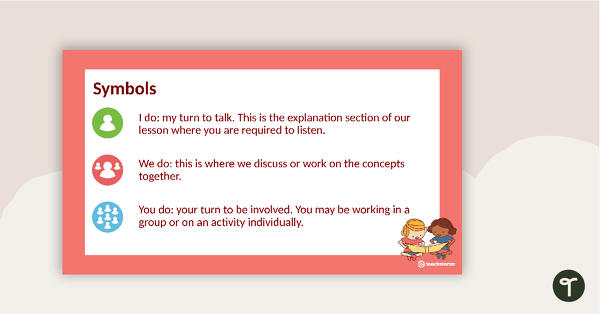
Reading Comprehension Strategies PowerPoint - Activating Prior Knowledge
A 13 slide editable PowerPoint template explaining the reading comprehension strategy of activating prior knowledge.
- Free Plan

Activating Prior Knowledge - Comprehension Strategy Poster
A poster explaining how to activate prior knowledge before reading.
- Plus Plan
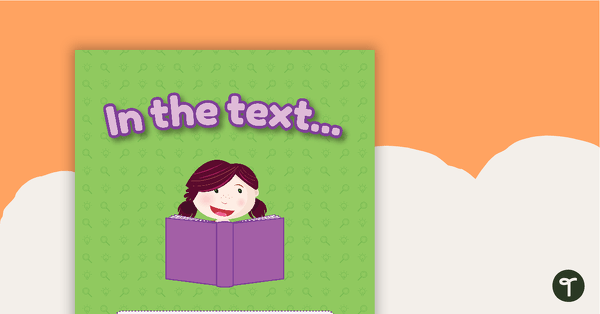
Question-Answer Relationship (QAR) Posters - Individual
Four posters highlighting the different strategies involved with the QAR comprehension strategy.
- Plus Plan
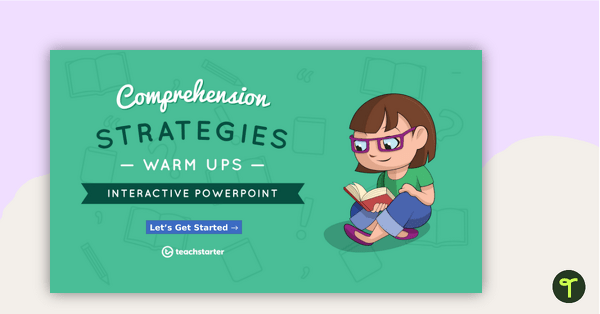
Comprehension Strategies - Interactive PowerPoint
An engaging 48 slide interactive PowerPoint to use in the classroom when developing comprehension strategies.
- Plus Plan
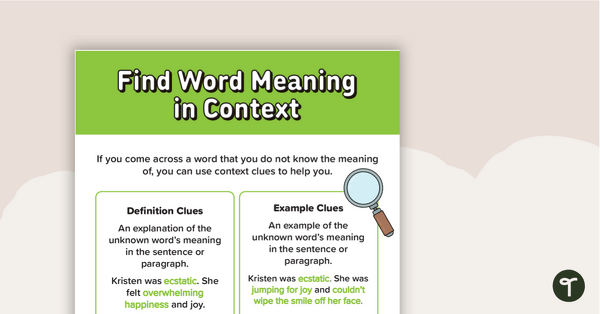
Find Word Meaning in Context Poster
A poster highlighting how to find word meaning in context when reading a piece of text.
- Plus Plan
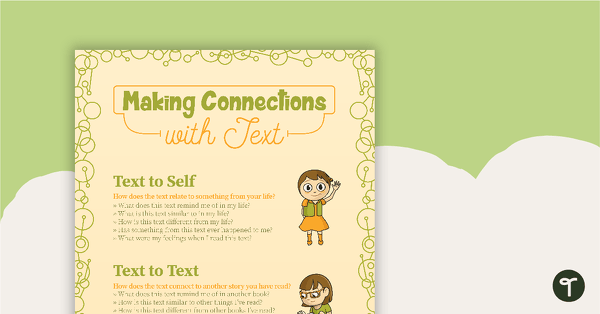
Making Connections with Text Poster
A poster showing the concepts of text to self, text to text and text to world.
- Plus Plan

Comprehension Chatterbox
A fun reading comprehension strategy activity for students to use after reading a text.
- Plus Plan
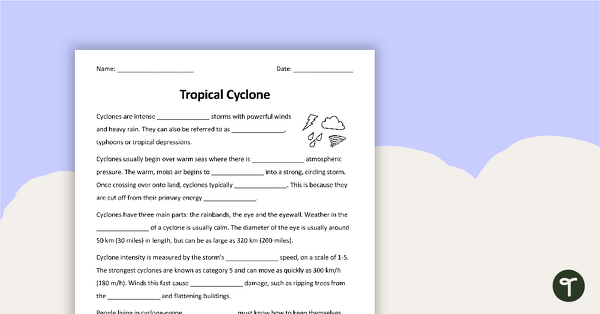
Tropical Cyclone Cloze Worksheet
A cloze worksheet about tropical cyclones.
- Plus Plan
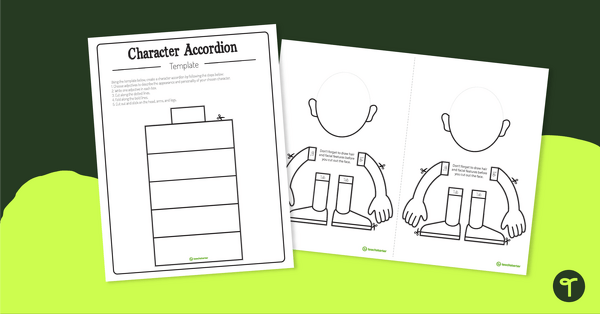
Character Adjective Concertina Template – Blank
Learn how adjectives can be used to describe a character's appearance and personality with a hands-on craft activity aligned to the English curriculum.
- Reading Comprehension Worksheets
- Reading Comprehension Templates
- Reading Comprehension Posters
- Reading Comprehension Teaching Presentations
- Reading Comprehension Games
- Reading Comprehension for Foundation Year
- Reading Comprehension for Year 1
- Reading Comprehension for Year 2
- Reading Comprehension for Year 3
- Reading Comprehension for Year 4
- Reading Comprehension for Year 5
- Reading Comprehension for Year 6
- Reading Comprehension for Year 7